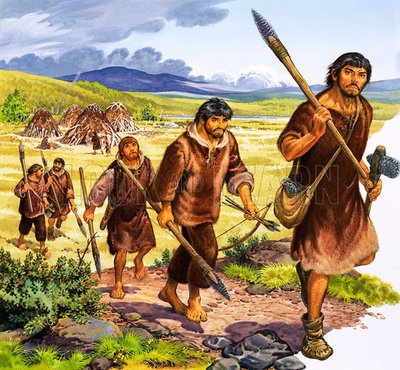
Plastic Humans
Evolutionarily plastic, that is. Our remarkable success as a species (which came at the expense of many other species, but this is a topic for a different post) is largely determined by our ability to adapt to a wide variety of environmental conditions. Members of the same species that are genetically almost indistinguishable from each other currently trade stocks in Lower Manhattan, hunt bushmeat in Kalahari Desert, and perform scientific experiments on the International Space Station. This is not a small development, especially taking into consideration that it happened within a very short period on an evolutionary time scale.
Since they moved out of their original homeland in Africa, humans quickly colonized a wide variety of habitats ranging from Siberian tundra to Amazonian jungle and from high-altitude plateaus of Tibet to the swamps of Louisiana. That would have never happened without being able and willing to switch to eating new things. So, while a certain degree of food neophobia is understandable and ultimately adaptive, complete refusal to partake novel items would have kept us confined to a rather small area in Kenya. Thus, we would have been unable to utilize vast resources that were present in other areas of the world.
Now that the entire Earth has been colonized by humans, new resources must be found within our current habitats. Expanding the range of species that we eat and feed to domestic animals remains an important option for meeting this goal. Insectivory can certainly help in this regard.
